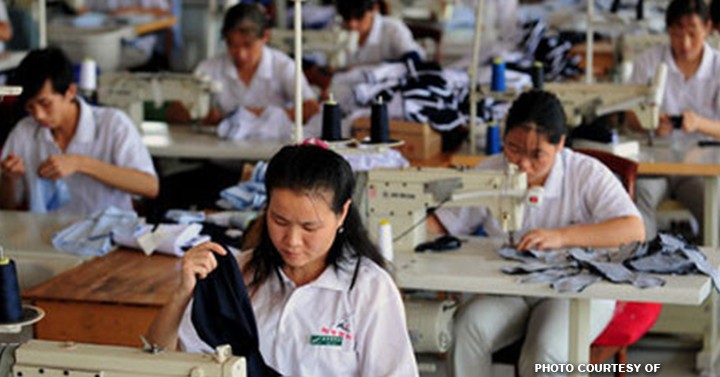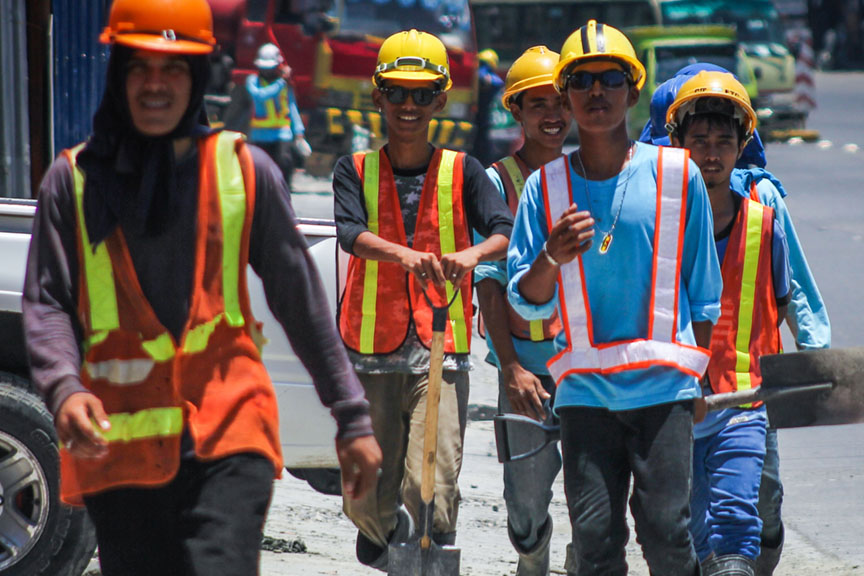CALABARZON, Philippines — Minimum wage earners in Calabarzon and Central Visayas are set to benefit from new wage orders issued by the Regional Tripartite Wages and Productivity Boards (RTWPBs), as the government moves to help workers cope with the rising cost of living.
In Calabarzon, the board approved Wage Order No. IV-A-22, which raises the daily minimum wage for non-agricultural workers from ₱525 to ₱600. The order, signed on September 3, is expected to take effect in the coming weeks. Labor officials said the adjustment seeks to provide relief to workers in one of the country’s most economically active regions, where many industries and service companies are based.

Meanwhile, in Central Visayas, daily wage rates will increase by ₱37 to ₱47, depending on the sector. This covers workers in both agriculture and non-agriculture, bringing their wages closer in line with the cost of essential goods and services in the region.
According to the Department of Labor and Employment (DOLE), the increases will benefit about 1.45 million minimum wage earners across the two regions. For full-time workers, the new daily rates translate to a monthly pay ranging from ₱13,694 to ₱15,650, depending on the number of working days per month.
The wage hikes come amid persistent calls from labor groups for government intervention, citing inflation and the steady rise in prices of food, utilities, and other necessities. While the increases are seen as a welcome development for workers, labor advocates argue that more comprehensive measures may still be needed to ensure wages keep pace with living costs.

Employer groups, on the other hand, have expressed cautious support, noting that while higher wages could affect operating costs, predictable and phased adjustments help businesses prepare and avoid sudden disruptions.
The new wage orders are expected to be implemented by October. DOLE has urged employers to comply, emphasizing that the adjustments are designed to strike a balance between worker welfare and business sustainability. Labor authorities are also set to monitor compliance to ensure employees receive the mandated pay on time.
The adjustments in Calabarzon and Central Visayas mark some of the most significant wage movements in 2025, reflecting the government’s continuing effort to address regional disparities and ease the burden on Filipino workers amid ongoing economic challenges.







